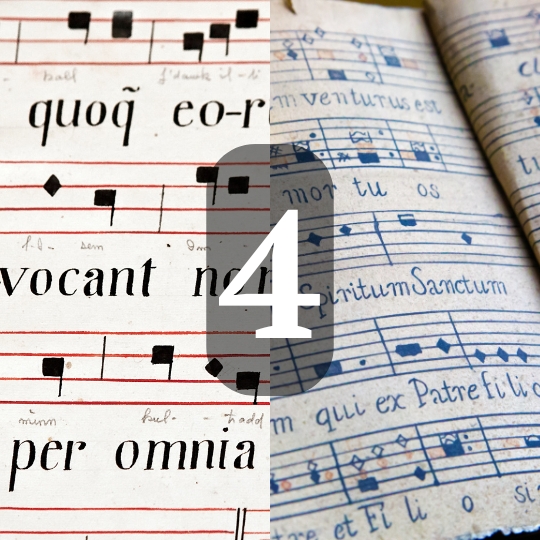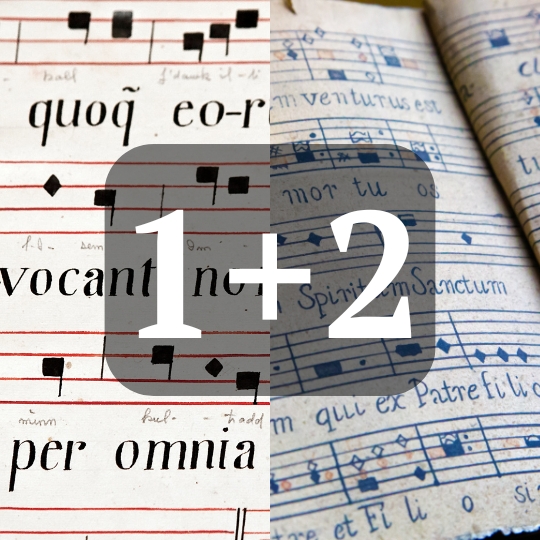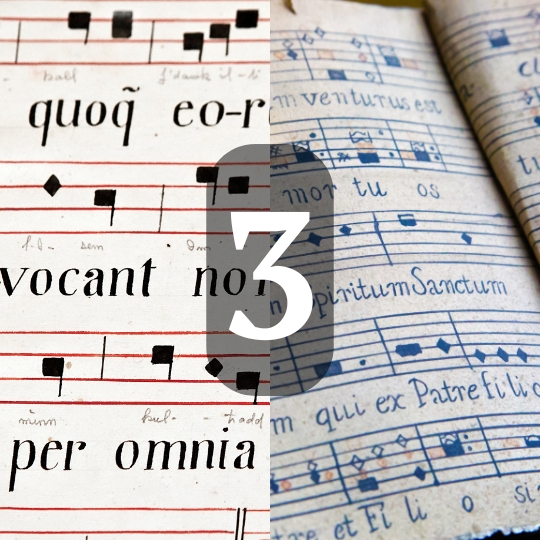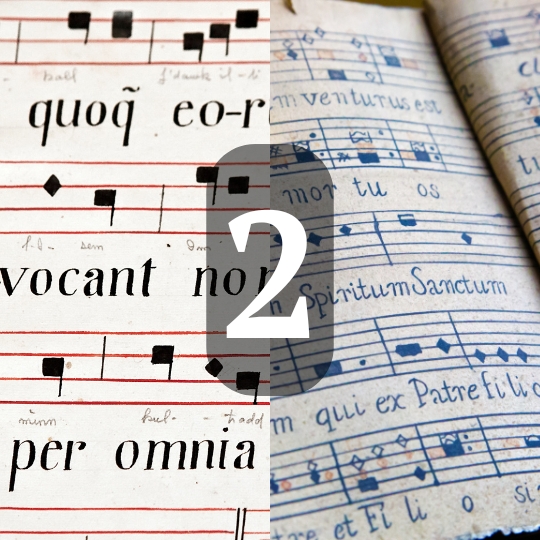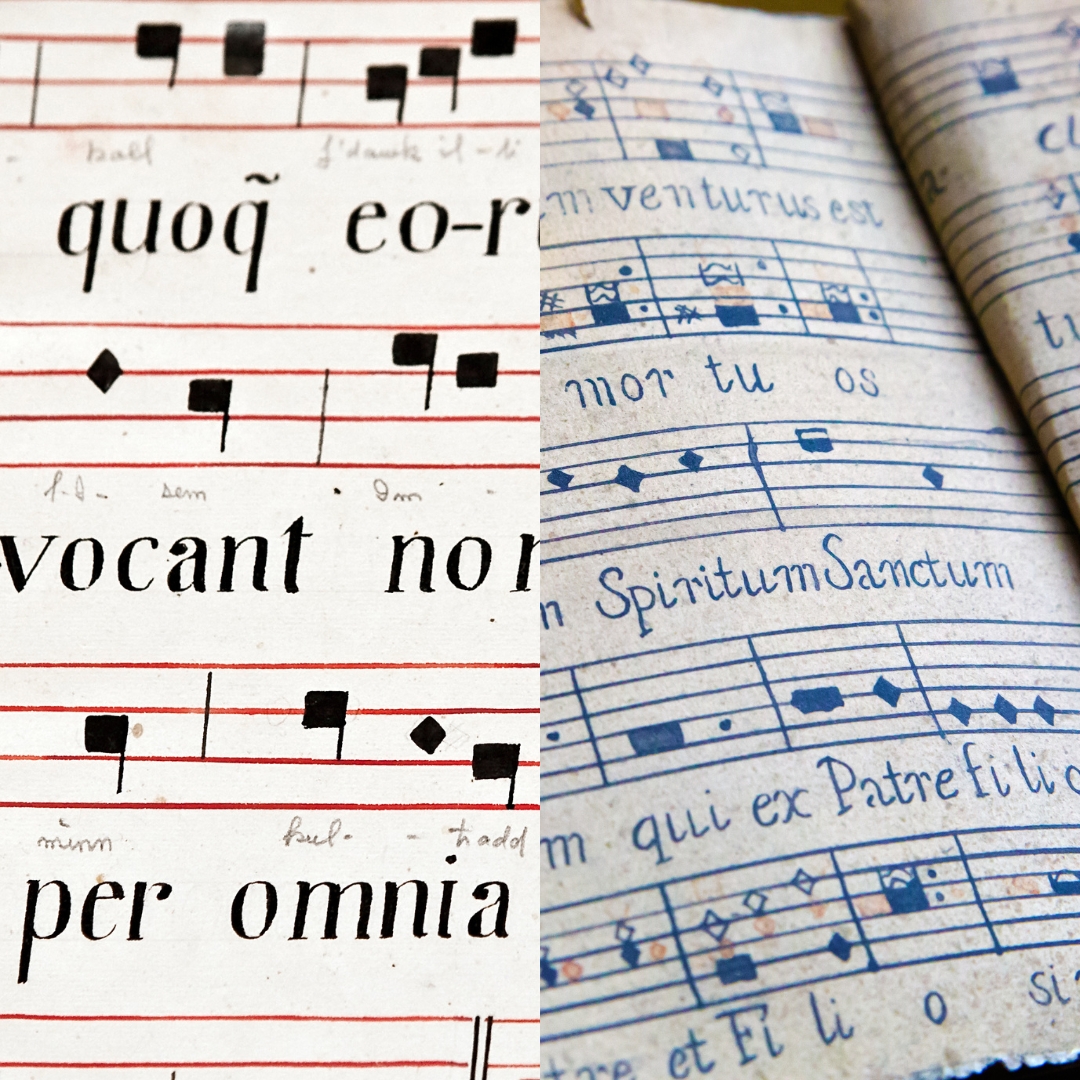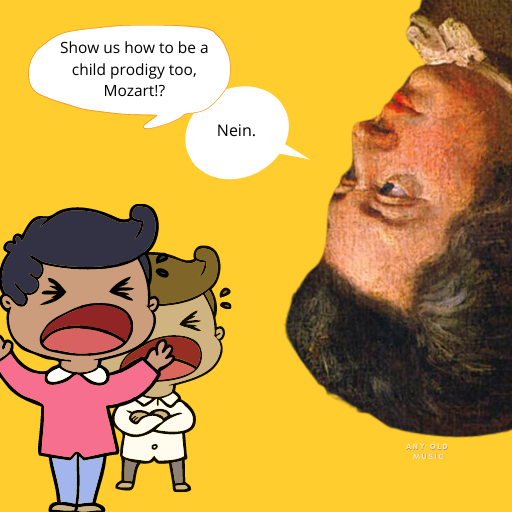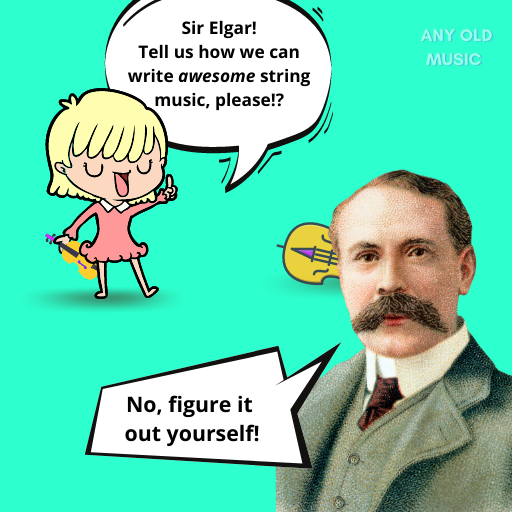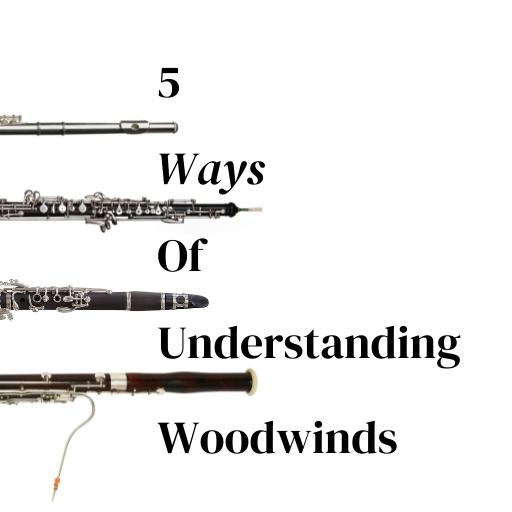
Master the Art of Horrifying Orchestration
Join us and develop the skills to scare your listeners.
Use coupon code scar3yd15count for £50 off!
The Art of Composing for String Quartet: A Guide for Beginners
String quartet music has been a favorite of composers and music enthusiasts alike for centuries. The intimate yet complex sound of two violins, a viola, and a cello working in harmony creates a unique musical experience. But what does it take to compose for a string quartet? In this article, we’ll explore the process of composing for a string quartet and provide tips on how to do it effectively and efficiently.
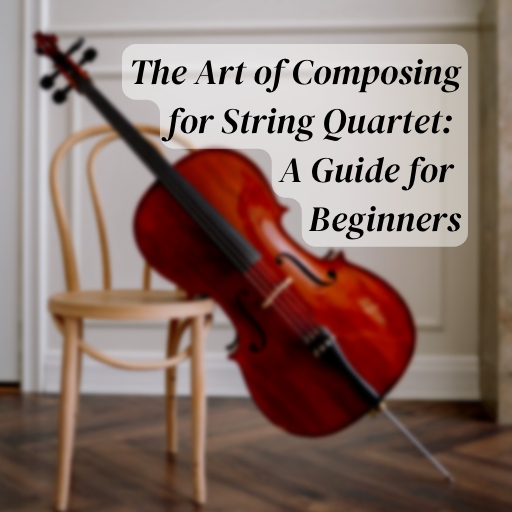
Understanding the String Quartet
Before we dive into the composition process, it’s important to have a basic understanding of the string quartet. As previously mentioned, a string quartet consists of two violins, a viola, and a cello. The instruments are typically played in that order from highest to lowest, though it is not uncommon for the lower instruments to rise above the higher instruments for effects too. It’s important to understand the range and capabilities of each instrument to ensure that your composition is playable by a quartet.
The string quartet is an incredibly homogenous group. This is probably why composers like it so much, as it presents both limitations and freedoms. In one respect, the group is limiting due to its homogenous sound. However, this presents the creative challenge of needing to exploit nuances and other qualities to make you composition effective.

Les Biches (RM25-6) – Francis Poulenc
How to Write Fourth Species Counterpoint: A Comprehensive Guide
Starting to Compose With Counterpoint: Guide to Writing Combined 1st and 2nd Species Counterpoints
How to Write Third Species Counterpoint: A Comprehensive Guide
How to Write Second Species Counterpoint: A Comprehensive Guide
How to Write First Species Counterpoint: A Comprehensive Guide
Making Mozart Scary
The Art of Composing for String Quartet: A Guide for Beginners
Anatomy of the Orchestra by Norman Del Mar (Book Review)
“How do I orchestrate a piece of music?” (5-tips.)
Nocturne No. 19 in E-Minor, Op. 72 No. 1 (Analysis) – Friederich Chopin
Gilderoy Lockhart – John Williams (Impromptu Melodic Analysis)
Creating a Musical Idea
The first step in composing a string quartet is creating a musical idea. This idea can come from anywhere: a melody you’ve been humming, a chord progression you’ve been playing, or a rhythm you’ve been tapping on the table. Once you have your idea though, it’s important to flesh it out and develop it into a full composition.
One effective method for developing a musical idea is to experiment with different variations. Try playing the melody in a different key or changing the rhythm to see how it affects the overall sound. Additionally, you can try adding harmony or counterpoint to create a more complex musical texture. Ask questions about what the idea you have will sound like in different settings. How will it sound in minor, or with a minor or chromatic harmony? How will it sound in a polyphonic texture?


Master the Art of Horrifying Orchestration
Structuring the Piece
Once you have your musical idea developed, it’s time to start structuring the piece. A typical classical string quartet composition consists of four movements: allegro (fast), adagio (slow), scherzo or minuet and trio (fast), and finale (fast). Each movement serves a different purpose and can vary in length, but together they create a cohesive whole.
It is common for the first and last movements to be in sonata form. Or, sometimes the final movement is a rondo or sonata rondo. The adagio may also be in sonata form, but can often be a simpler ternary structure. Similarly, the third movement, scherzo or minuet and trio are often in a compound ternary form. What this means is that you have an overarching structure of ABA, but within each of those parts, there is also an ABA structure. In effect, what you get is an ABA CDC ABA structure.
That said, there are examples that also use variation forms, such as Haydn’s famous Emperor Quartet. The second movement is a set of variations on the German national anthem. Moreover, more modern string quartets reject this schema in favour of invented or other found forms. Elliott Carter’s first string quartet includes a movement simply called “variations”, where there is no distinctive theme or harmonic progression, like in a variation form piece, but the music just transforms across the movement.
When structuring your piece, consider the overall mood and tone you want to convey. You can also use musical techniques such as modulation, variation, and development to create a sense of progression and growth throughout the piece.
Writing for the Instruments
As previously mentioned, it’s important to understand the range and capabilities of each instrument in a string quartet. When writing for the instruments, it’s important to consider the following:
- Range: Each instrument has a specific range of notes that it can play comfortably. Make sure that your composition stays within these ranges to ensure that it’s playable by a quartet.
- The violin has a range spanning from G3 (the G below middle C) to B7 and possibly more depending on the player.
- The viola has a range spanning from C3 to A6. (Again, the skill of the player will dictate the very top limit.)
- The cello has a range spanning from C2 to G5. (Again, the skill of the player will dictate this. John Tavener asks for C6 in the solo cello part of Protecting the Veil.)
- Open Strings: Each instrument has registral characteristics that are largely shaped by the qualities of the open strings. The lower register of the violin for instance can be unbridled and sonorous, with great expression, as that is the quality of its G-string. However, due to the G-strings unbridled nature it has to be carefully managed as it does not carry like the upper E-string.
- Violin open strings: G3-D4-A4-E3.
- Viola open strings: C3-G3-D4-A4
- Cello open strings: C2-G2-D3-A3
- Technique: Different techniques such as pizzicato, tremolo, and glissando can be used to create a variety of sounds and textures. Consider incorporating these techniques into your composition to add depth and interest. Articulations can be a simple way of differentiating parts of a texture.
- Balance: Make sure that each instrument is given a chance to shine throughout the piece. Avoid having one instrument dominate the others for too long. A good way of bringing out an instrument (in any ensemble) is to have it occupy a dominant part of its range against the others in more neutral ranges. Or, by giving it space through rhythmic/articulation or pitch differentiation.
Creativity and Art (Book Recommendation)
Bizet – Guiraud – Farandole from L’Arlesienne Suite No. 2 (Bitesize Composition Analysis)
Mozart’s E-Minor Violin Sonata, K. 304: music composition techniques
Nocturne from Scénes de la Fôret – Mélanie Bonis
Aaron Copland – “Simple Gifts” (Appalachian Spring / Ballet for Martha) – Bitesize Music Composition Analysis
Gilderoy Lockhart – John Williams (Impromptu Melodic Analysis)
Arvo Pärt – Für Alina (Bitesize Music Composition Analysis)
Troika from Lieutenant Kijé (suite) (1934) – Sergei Prokofiev
Für Alina – Composition Techniques
Introduction and Allegro for Strings (Edward Elgar) – String Orchestration
5 ways of Understanding woodwinds
The Art of Composing for String Quartet: A Guide for Beginners
Collaborating with Musicians
Collaborating with musicians is an important part of the composition process. Not only can they provide valuable feedback on your composition, but they can also help bring your music to life. When working with a string quartet, it’s important to consider the following:
- Communication: Make sure that you’re clear about your intentions and ideas. It’s important to communicate effectively with the musicians to ensure that everyone is on the same page.
- Revisions: Be open to feedback and revisions. Remember that the musicians are the ones who know their instruments and probably the wider repertoire better than you, so their input is invaluable. Embrace their knowledge and experience.
- Practice: Be prepared to attend rehearsals and provide guidance as needed. The more involved you are in the rehearsal process, the better your composition will sound.


Master the Art of Horrifying Orchestration
Join us and develop the skills to scare your listeners.
Use coupon code scar3yd15count for £50 off!
Conclusion
Composing for a string quartet requires a solid understanding of the instruments, a developed musical idea, a well-structured piece, and collaboration with musicians. By following these steps and tips, you can effectively and efficiently compose a beautiful and memorable string quartet composition. Now its time to put pen to paper. Go. Be creative.


